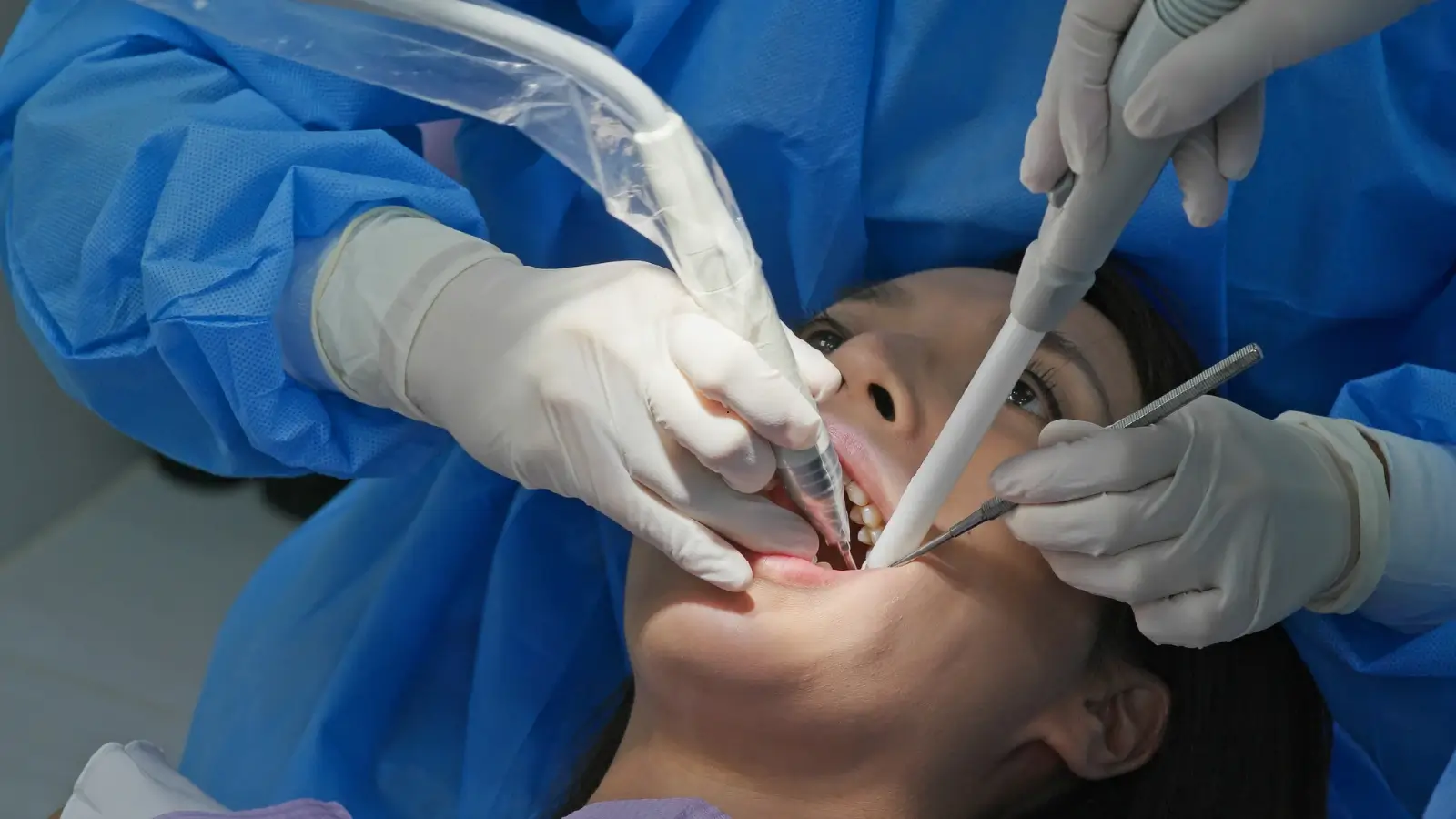Root canal therapy has evolved significantly over the years, with innovations in materials enhancing the effectiveness and longevity of treatments. One of the most groundbreaking advancements is the use of bioceramics in endodontics, which has revolutionized root canal procedures by improving sealing ability, biocompatibility, and overall treatment outcomes.
What Are Bioceramics?
Bioceramics are ceramic materials specially designed for medical applications, including dental procedures. They are composed of biocompatible materials like:
- Calcium silicates.
- Zirconium oxide.
- Hydroxyapatite.
These materials interact positively with the body’s natural tissues, making them ideal for root canal therapy.
Benefits of Bioceramics in Endodontics
1. Superior Sealing Ability
Bioceramics form a chemical bond with dentin, creating an excellent seal. This minimizes microleakage, which is critical for preventing reinfection.
2. Biocompatibility
Unlike traditional materials, bioceramics are non-toxic and promote healing. They encourage:
- Apical tissue regeneration.
- Bone growth around the root apex.
3. Moisture Tolerance
Bioceramic materials are highly resistant to moisture, making them effective even in challenging clinical scenarios like wet root canals.
4. Antibacterial Properties
Bioceramics have inherent antibacterial properties due to their high pH during setting, which helps eliminate residual bacteria.
5. Durability
These materials are highly resistant to degradation, ensuring the longevity of the root canal treatment.
Applications of Bioceramics in Root Canal Therapy
1. Root Canal Sealing
Bioceramic sealers are widely used for obturation (filling the root canal system) due to their flowable nature and strong adhesive properties.
2. Pulp Capping
Bioceramics are ideal for pulp capping procedures, where the material is placed over exposed pulp to encourage healing and dentin formation.
3. Apexification and Perforation Repair
In cases of immature teeth or root perforations, bioceramics help create a mineralized barrier, ensuring proper sealing and regeneration.
4. Retreatment Cases
Bioceramics are particularly effective in managing previously failed root canals, thanks to their superior sealing and healing properties.
Key Advances in Bioceramic Materials
1. Premixed Bioceramic Sealers
These ready-to-use sealers eliminate the need for manual mixing, reducing errors and enhancing consistency.
2. Improved Setting Times
Modern bioceramics have optimized setting times, allowing for quicker procedures without compromising quality.
3. Enhanced Radiopacity
High radiopacity ensures better visibility on X-rays, aiding in accurate diagnosis and follow-up.
Comparing Bioceramics with Traditional Materials
| Feature | Bioceramics | Traditional Materials |
|---|---|---|
| Sealing Ability | Excellent | Moderate |
| Biocompatibility | High | Low to Moderate |
| Antibacterial Properties | Strong | Limited |
| Longevity | Durable | May degrade over time |
| Moisture Tolerance | High | Low |
Challenges in Using Bioceramics
While bioceramics in endodontics offer numerous advantages, they do have some limitations:
- Cost: Bioceramic materials are more expensive than traditional alternatives.
- Technique Sensitivity: Requires training to optimize results.
- Limited Shelf Life: Premixed formulations may have shorter usability.
Future of Bioceramics in Endodontics
As technology advances, bioceramics are expected to become more accessible and versatile. Innovations such as nanoparticle integration and customizable formulations could further enhance their application in root canal therapy.
Bioceramics have become a cornerstone of modern root canal therapy, offering unparalleled benefits in sealing, biocompatibility, and durability. For both routine and complex cases, these advanced materials are setting new standards in patient care and treatment success. By integrating bioceramics in endodontics, dentists can provide more effective and long-lasting solutions for preserving natural teeth.

Leave a Reply